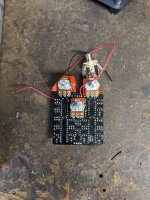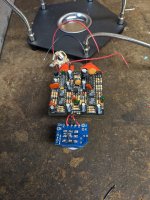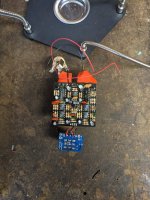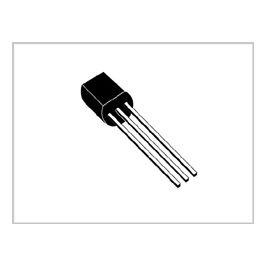pedalbuilder1917
New member
I'm building an ocelot octave and finished the board and was testing it out. The led would come on as soon as I plugged in my source but when I cycled the switch it would turn off and not come on. After thinking about it for a bit I realized I had never actually checked the input voltage for the ocelot and as this is my first build I'm struggling a bit with reading the circuit schematic that is provided in the build docs. I guess I just assumed that it was 12v and I cannot explain why. I now suspect it's actually 9v. Additionally if I had bought capacitors rated for 12v would I need to replace all of those caps with 9v rated ones? Finally I would really appreciate any feedback about other issues you see on my board except for bad solders. I'm planning on reflowing all of the connections soon so any bad connections will be fixed. Thanks for the help and not making TOO much fun of me for a dumb mistake.





